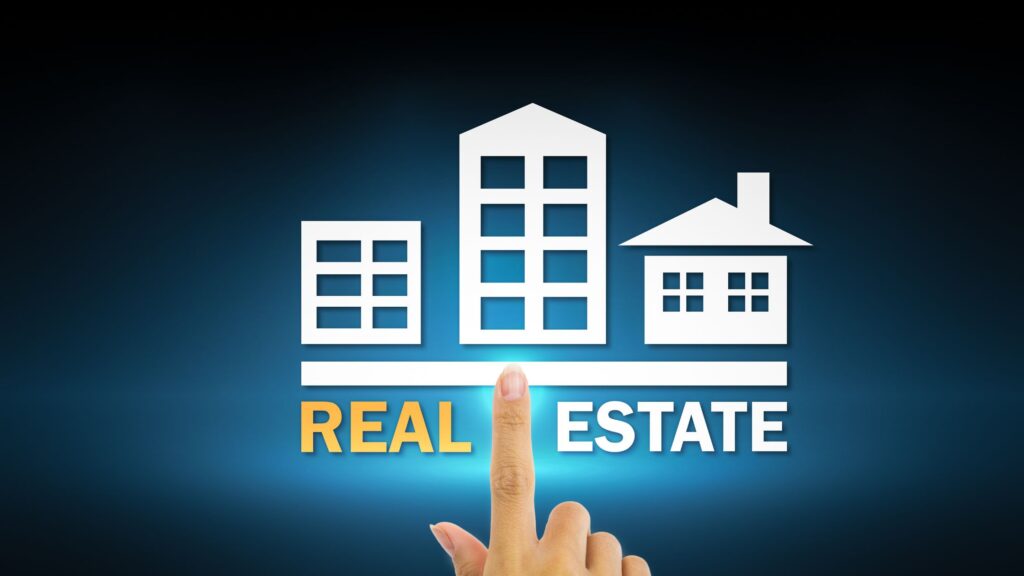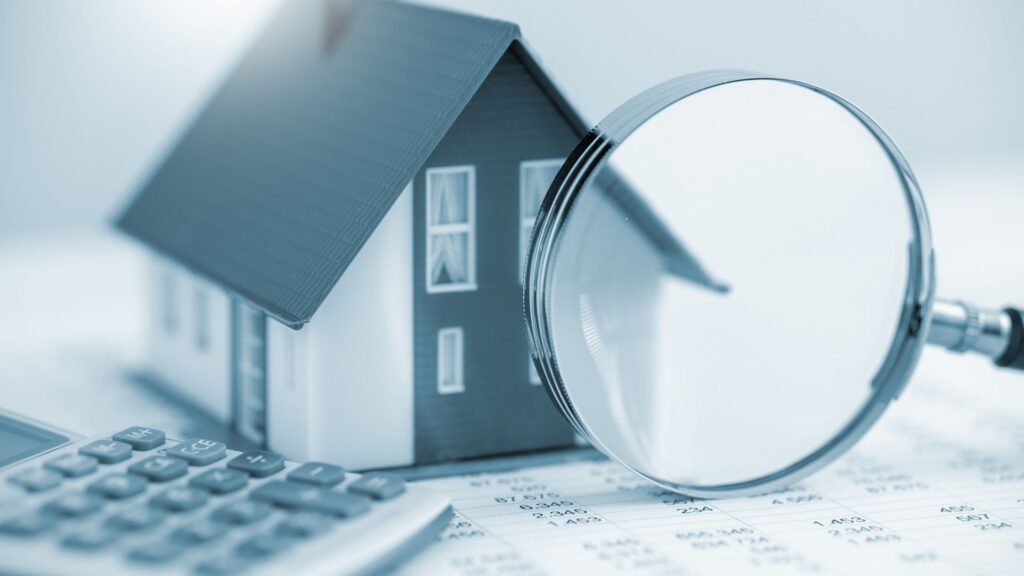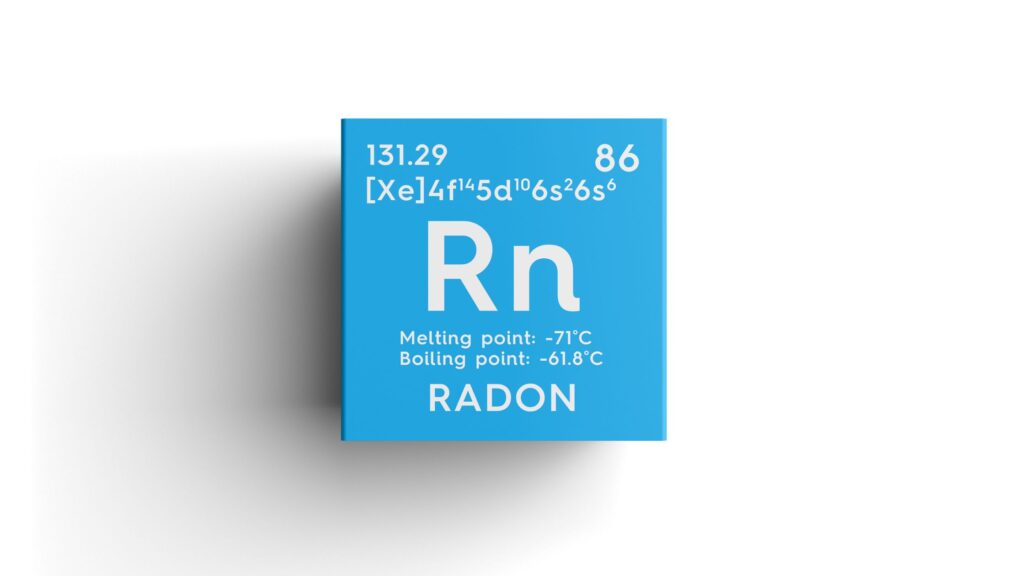Radon is an invisible, odorless gas that can quietly undermine both a property’s safety and its market value. During real estate transactions, this environmental hazard can be just as significant as location or curb appeal. Radon testing for real estate provides clear, reliable information so buyers, sellers, and agents can make informed decisions, protect occupants, and avoid delays during closing.
In this guide, we’ll examine why radon testing is vital in property sales, how the process works, the benefits it offers, and strategies for ensuring accuracy, compliance, and seamless transactions.

What Is Radon and Its Impact on Real Estate
Radon is a naturally occurring radioactive gas that seeps into buildings from the surrounding soil. Because it has no smell, taste, or visible traits, many homeowners remain unaware of its presence. Long-term exposure, however, can significantly increase the risk of lung cancer.
In real estate, undisclosed elevated radon levels can trigger buyer hesitation, prolong negotiations, or even cause sales to fall through. Conducting radon testing in advance demonstrates transparency, builds trust, and ensures the property meets health and safety expectations. Learn more about Residential Radon Testing.
How Radon Testing for Real Estate Is Conducted
Although straightforward, the process plays a critical role in real estate due diligence.
Step 1: Early Planning
Homeowners may choose to test before listing, resolving any issues ahead of time. Buyers, on the other hand, often request testing during the inspection phase. In both cases, early action prevents last-minute complications.
Step 2: Professional Measurement
Certified radon testing experts deploy approved devices to measure indoor radon levels—usually over a 48-hour period. This approach ensures both accuracy and compliance with state and federal guidelines.
Step 3: Reporting Results
Once the measurement period is complete, the testing provider delivers a detailed report. If results exceed the EPA action level of 4.0 pCi/L, mitigation is recommended. Sellers then share this information with potential buyers.
Step 4: Mitigation Process
Should radon levels be high, a mitigation system—such as active soil depressurization—can be installed to bring concentrations down to safe levels. Addressing the issue promptly protects future occupants and helps maintain the property’s value.
Main Advantages of Radon Testing for Real Estate
Some see radon testing as an added step, but its advantages are substantial:
- Boosted Buyer Confidence – A verified safe environment encourages offers and reassures prospective buyers.
- Faster Sales Process – By resolving radon concerns before they arise, closing timelines remain on track.
- Legal Protection – Many states require radon disclosure; testing ensures sellers fulfill legal obligations.
- Improved Property Value – Safe test results can enhance the property’s market appeal.
- Health Risk Reduction – Mitigation prevents harmful exposure for current and future residents.
- Agent Credibility – Agents who recommend testing demonstrate professional responsibility and market expertise.

Compliance, Accuracy, and Recommended Practices
For results to hold weight in a real estate deal, radon testing must meet both legal and technical standards.
A) Adhering to Regulatory Guidelines
The U.S. Environmental Protection Agency (EPA) and various state agencies set standards for radon measurement and mitigation. Following these protocols ensures that test results are valid and defensible during negotiations.
B) Engaging Certified Professionals
While over-the-counter radon kits are available, professional services bring calibrated equipment, correct placement, and certified reporting. In real estate transactions, where credibility is essential, these factors can make the difference between a successful closing and a stalled deal.
Working with certified providers also ensures that, if necessary, mitigation is completed promptly and correctly.
Practical Tips for Smooth Closings
Real estate stakeholders can integrate radon testing into the transaction process for efficiency and peace of mind:
- Test Before Listing – Sellers can avoid delays by addressing radon concerns early.
- Include Testing in the Agreement – Buyers should request radon testing as part of the inspection contingency.
- Choose Accredited Providers – Certified testers add credibility and ensure compliance.
- Provide Complete Documentation – Share official reports and any mitigation proof with buyers.
- Resolve Issues Before Closing – Address high radon levels before the final transaction date.
- Educate Clients and Buyers – Offering information on radon hazards fosters transparency and trust.
Conclusion
Radon testing for real estate is more than just a precaution—it’s a vital part of safeguarding health, ensuring transparency, and protecting property value. Whether you’re a buyer, seller, or real estate professional, proactive testing and mitigation eliminate uncertainty and help closings proceed without disruption.
For expert, certified radon testing and mitigation services designed specifically for property transactions, visit DSM Radon. Their skilled team delivers accurate measurements, effective solutions, and the confidence needed for a safe, successful sale.

FAQs
1. Why is radon testing important during property sales?
It verifies safety, meets disclosure laws, and helps prevent delays at closing.
2. How long does professional radon testing take?
Most tests require about 48 hours, with results available shortly after.
3. Can a buyer request radon testing in a real estate deal?
Yes. It’s commonly included in inspection contingencies.
4. Is radon testing legally required?
In some states, radon disclosure laws apply. Testing ensures compliance and transparency.





